
Once you start rockhounding, it doesn’t take long to fill up a few five-gallon buckets. You quickly find out that if you put lids on the buckets, the buckets easily stack up, three or four high. A lot depends on how heavy each bucket is and how high you can lift the buckets. If you’re lucky, a garage or shed is available for storing all of your treasures. Otherwise, the buckets decorate your backyard.
This is in keeping with the rockhounder’s mantra ‘You can never have too many rocks.’
However, there is another way to rock hound and it’s a method more than a few rockhounds are familiar. Think small – really small. Microscopes open a whole new world of rockhounding. A dull black rock can have clusters of microscopic yellow calcite crystals. The brown rock with a green smear is really round balls of conichalcite. How would you ever know unless you looked through a microscope?!
How do you find these minerals? It’s a matter of altering your post-rockhounding process.
When you bring rocks home after a day of rockhounding, the first thing you do is hose off all the dirt, right? Stop! Before you do, check each rock for surface minerals. A different color than the host rock is the first hint. A jeweler’s loupe or hand-held magnifying lens can help reveal the minerals.
Esta historia es de la edición May 2020 de Rock&Gem Magazine.
Comience su prueba gratuita de Magzter GOLD de 7 días para acceder a miles de historias premium seleccionadas y a más de 9,000 revistas y periódicos.
Ya eres suscriptor ? Conectar
Esta historia es de la edición May 2020 de Rock&Gem Magazine.
Comience su prueba gratuita de Magzter GOLD de 7 días para acceder a miles de historias premium seleccionadas y a más de 9,000 revistas y periódicos.
Ya eres suscriptor? Conectar
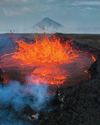
THE BRIGHT SIDE OF VOLCANIC ROCK
As a mineral resource, volcanic rock is decidedly short on glamour.
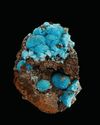
The Other Copper Minerals
12 Lesser-known Collectible Species

MINERAL COLLECTING -AND ROCK & GEM
Evolving Together FOR 54 YEARS
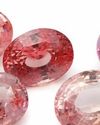
Gemstone Trends
A Look Back at 2024 & What to Expect in 2025
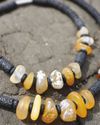
How to Make a GEM BEAD NECKLACE
No Lapidary Experience Needed!
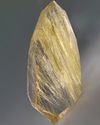
Framing Nature's Art
Faceting Rutilated Quartz for Beginners
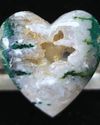
BEDAZZLED BLUE SEAM AGATE
More than several centuries ago, mining was the profession most often seen as befitting of men.
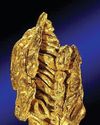
ROCK & GEM FIELD GUIDE:
Spinel is a captivating gemstone with a rich history of being mistaken for gems like ruby and sapphire.
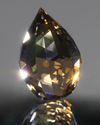
SNAKE SCALE DROP 1.5:1
This Faceting Focus is revisiting the briolette gemstone design because of its popularity with independent and hobby gemstone faceters.
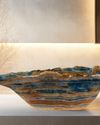
STONE CHIC
How Earth-Inspired Decor Brings Comfort to our Home